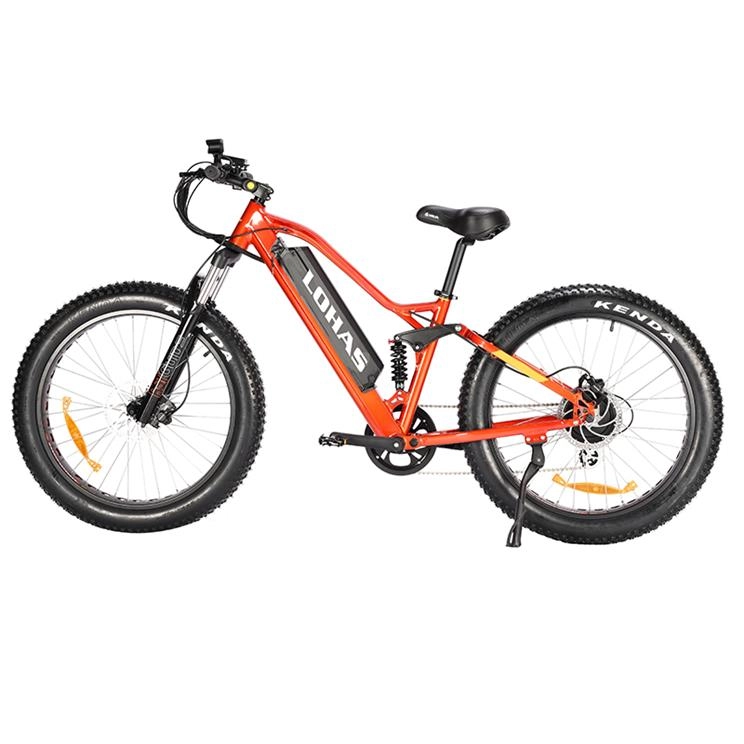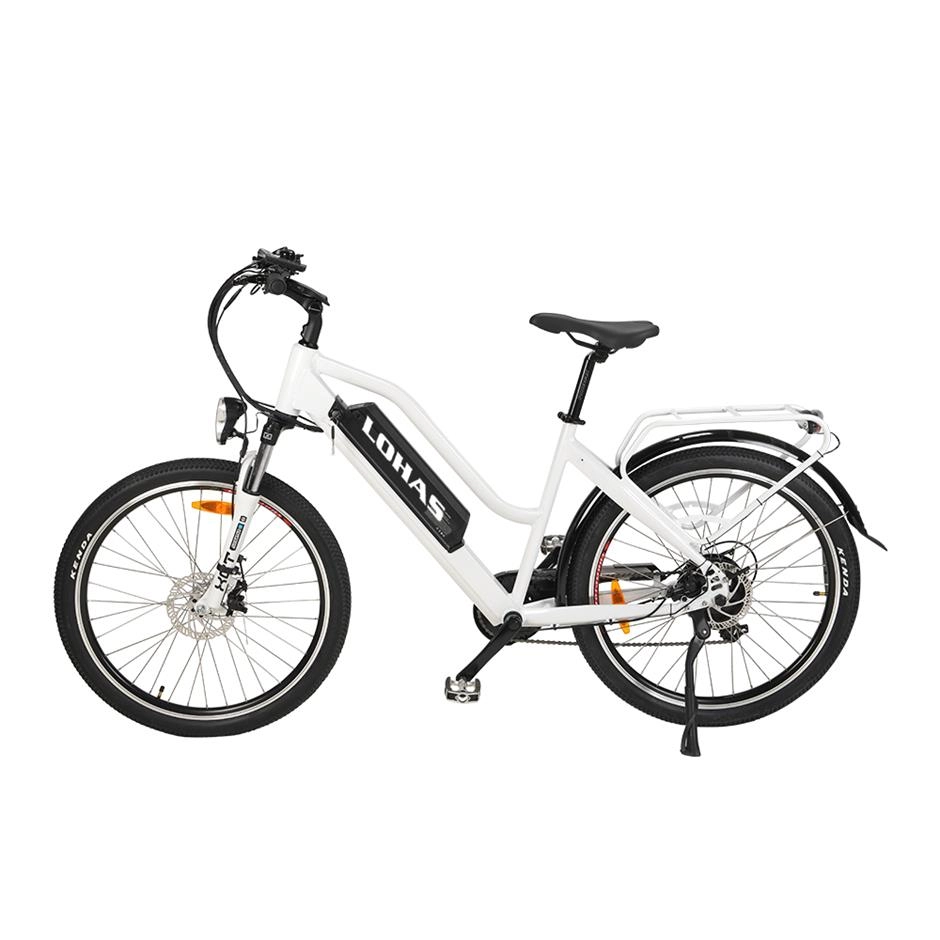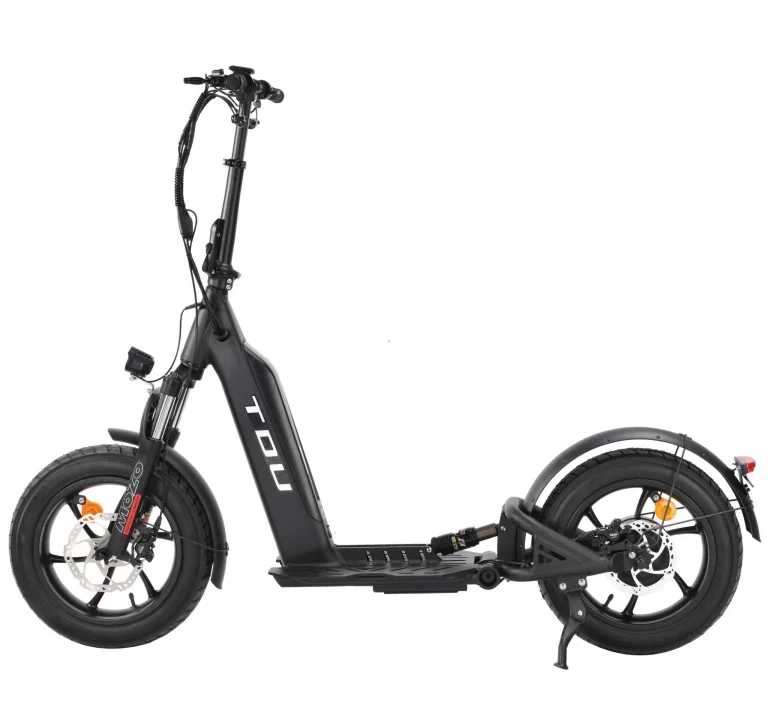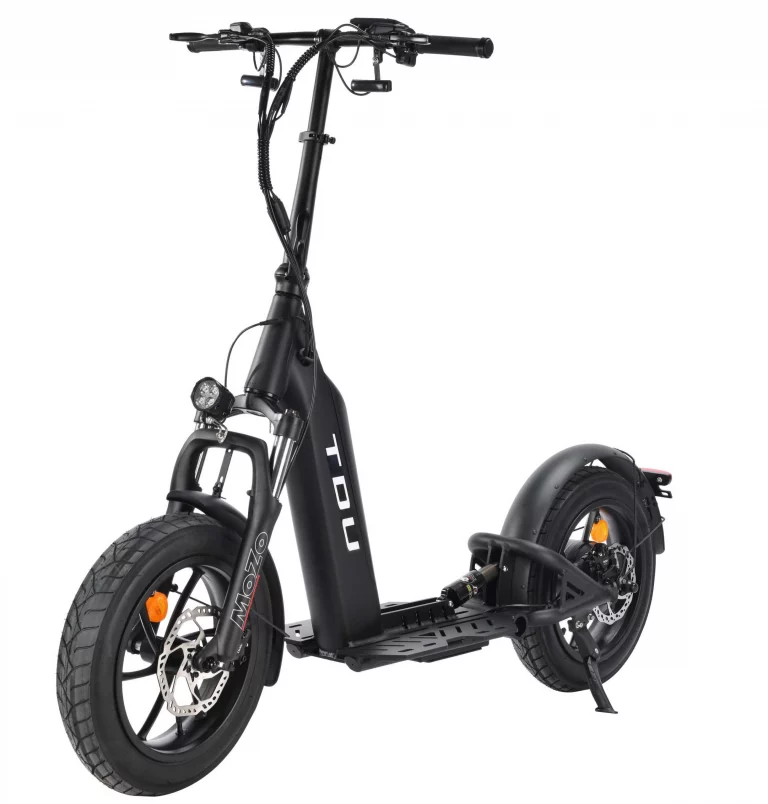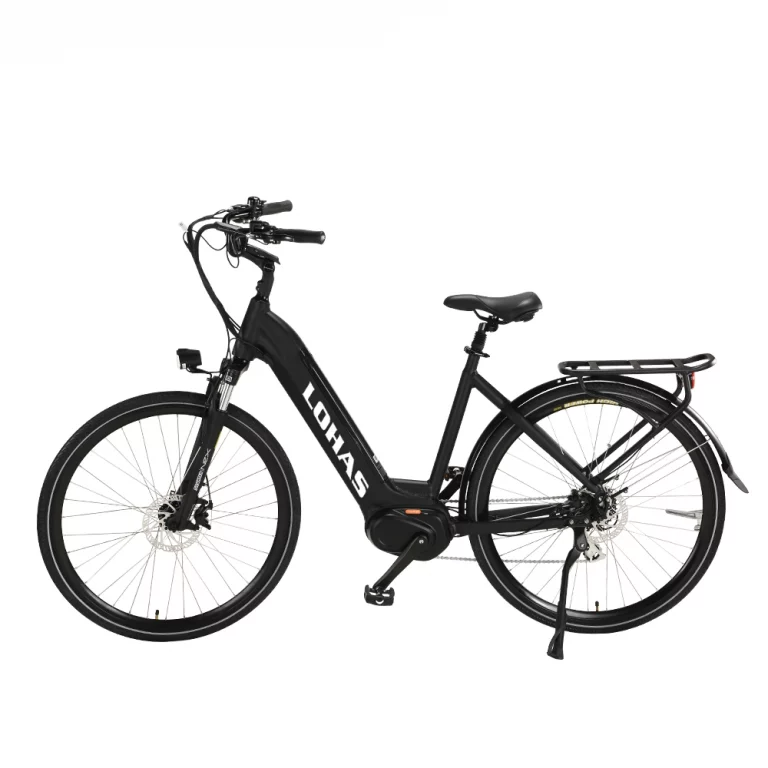Getting the Scoop on Electric Bikes
What’s an Electric Bike, Anyway?
Electric bikes—e-bikes to their friends—are bicycles with a little extra juice. They’ve got a motor that gives your pedaling a boost or lets you cruise on throttle power alone. No more huffing and puffing up hills—these rides make cycling a breeze for commuters, trailblazers, or Sunday cruisers. From sleek city models to rugged mountain beasts, there’s an e-bike for every vibe. It’s like your trusty bike got a superhero upgrade.
How Do These Things Roll?
- bikes are like a techy tag team. A motor—tucked in the wheel hub or near the pedals—kicks in when you pedal or hit the throttle. A rechargeable battery, usually lithium-ion, keeps the motor humming. Sensors sniff out how hard you’re pedaling and dial up the assist, making it feel like you’ve got a tailwind on demand. A controller ties it all together, keeping the ride smooth as butter. It’s like having a bike that’s part robot, part pal.
Types of Electric Bikes
E-bikes come in three flavors, each with its own swagger:
- Pedal Assist (Class 1): Motor helps when you pedal, capping at 20 mph. Perfect for sweat-free commutes without going full lazy.
- Throttle-Only (Class 2): Twist the throttle, no pedaling needed, also maxing at 20 mph. It’s like a mini motorcycle for chill rides.
- Speed Pedelecs (Class 3): Pedal assist cranks up to 28 mph, great for speed demons but might get the side-eye on some bike paths.
Pick your poison based on how fast or hands-off you wanna go.
Why E-Bikes Are the Bomb
Saving the Planet, One Ride at a Time
E-bikes are green machines, ditching gas for clean electricity. No tailpipe, no smog—just pure, eco-friendly vibes. They cut greenhouse gases big time, especially in cities where cars choke the air. Swap your SUV for an e-bike, and you’re helping clear the skies while getting some exercise. It’s like being an eco-warrior on two wheels.
Keeping Cash in Your Pocket
Sure, e-bikes cost more upfront—$500 to a few grand—but they’re money-savers in the long haul. No gas, no parking fees, no pricey car repairs. Cities are throwing in subsidies or tax breaks to sweeten the deal. Compared to cars, you’re saving thousands over time. It’s like trading a money-pit sedan for a piggy bank on wheels.
Getting Fit Without the Burnout
Think e-bikes are cheating? Nah, you’re still pedaling, just with a boost. That pedal-assist lets you ride farther without collapsing in a sweaty heap. Great for your heart, lungs, and legs, it’s perfect for anyone wanting to stay active without killing themselves. It’s like having a personal trainer who says, “Take it easy, I got you” .
Zipping Through City Chaos
E-bikes are urban ninjas. Traffic jams? Weave right through. Parking woes? Tuck it anywhere. Many models, like LOHAS’s commuter builds, come with racks for groceries or gear. They’re compact, quick, and dodge the gridlock like a pro. It’s like your commute just got a fast-pass.
Less Sweat, More Fun
Hills, headwinds, long rides—no problem. Pedal-assist takes the sting out, letting everyone from newbies to seniors cruise with ease. Tackle a steep climb without gasping for air. It’s like your bike’s got a secret superpower that makes every ride a joyride.
The Flip Side of E-Bikes
Sticker Shock Upfront
E-bikes aren’t cheap—$500 to $3000 depending on the bells and whistles. That’s more than a regular bike, no question. But weigh it against car costs or transit passes, and the savings add up fast. It’s like buying a fancy phone—you pay more, but it does way more too.
Keeping the Tech in Check
With motors and batteries, e-bikes need a bit more TLC than your old Schwinn. Regular check-ups for the electrical bits keep things humming. Pros handle the tricky stuff, but it’s not as simple as patching a tire. Still, it’s way less hassle than a car engine.
Heavier Than Your Average Bike
Motors and batteries add pounds—think 40-70 lbs versus a regular bike’s 20-30. Lugging one upstairs or onto a bus? Not fun. Foldable models help, but they’ll cost ya. It’s like carrying a chunky backpack—doable, but you’ll feel it.
Battery Limits and Charging Woes
Battery range—20-60 miles—depends on how hard you ride and where. Hills or heavy throttle drain it faster. Charging takes a few hours, so plan ahead or risk a dead battery mid-ride. It’s like forgetting to charge your phone before a long day—annoying but manageable.
Picking the Perfect E-Bike
Know Your Riding Style
What’s your deal—daily commute, weekend trails, or chill cruises? Commuters need speed and range, like LOHAS’s city models with 500W motors. Trail junkies want rugged frames and beefy tires for dirt paths. Leisure riders? Go for comfort—think cushy seats and smooth assist. Nail down your vibe to find your match.
Matching Your Terrain
Terrain’s a biggie. Steep hills or rocky trails call for a beastly motor—500W or more—and tough suspension, like LOHAS’s mountain e-bikes. City streets? A lighter model with slim tires zips fine. Mixed routes? Hybrid e-bikes split the difference. Pick a ride that laughs at your roads.
Battery Power and Range
Battery size is your lifeline. Higher watt-hours (Wh)—say, 500Wh—mean longer rides, up to 60 miles. Short hops? A 250Wh battery’s plenty. Check charging times (4-6 hours) and outlet access. LOHAS’s removable lithium-ion packs make it easy to juice up anywhere. Plan smart, and you’ll never get stranded.
Is an E-Bike Your Thing?
Do the Pros Outweigh the Cons?
E-bikes are a game-changer—green, cheap to run, and easy on the body. They’re perfect if you want eco-friendly commutes or a boost for longer rides. But that upfront cost and extra maintenance? Gotta think it through. If cash is tight or you need a feather-light bike, a regular one might be better. It’s like choosing between a tricked-out SUV or a trusty skateboard—depends on your life.
E-Bikes vs. Bikes vs. Cars
Regular bikes are all about leg power—great for fitness freaks or minimalists. E-bikes give you a motor boost, blending exercise with ease. Cars? Gas, insurance, and traffic jams eat your wallet and patience. E-bikes dodge all that, saving cash and stress while keeping you active. For city folks, they’re the ultimate hack for beating gridlock.
Frequently Asked Questions
- What’s the deal with e-bike pros and cons?
They’re green, save money, and ease physical strain, but cost more upfront and need techy maintenance. - How does terrain mess with e-bikes?
Rough trails need strong motors and suspension; flat city streets are cool with lighter builds. - What kills e-bike battery life?
Speed, hills, and heavy throttle use drain it fast—ranges from 20-60 miles. - Are there cheap e-bikes for newbies?
Yup, entry-level models hit the sweet spot for casual riders on a budget.
Yongkang LOHAS Vehicle Co., Ltd’s custom solutions craft e-bikes for every rider, from city zips to trail rips.

